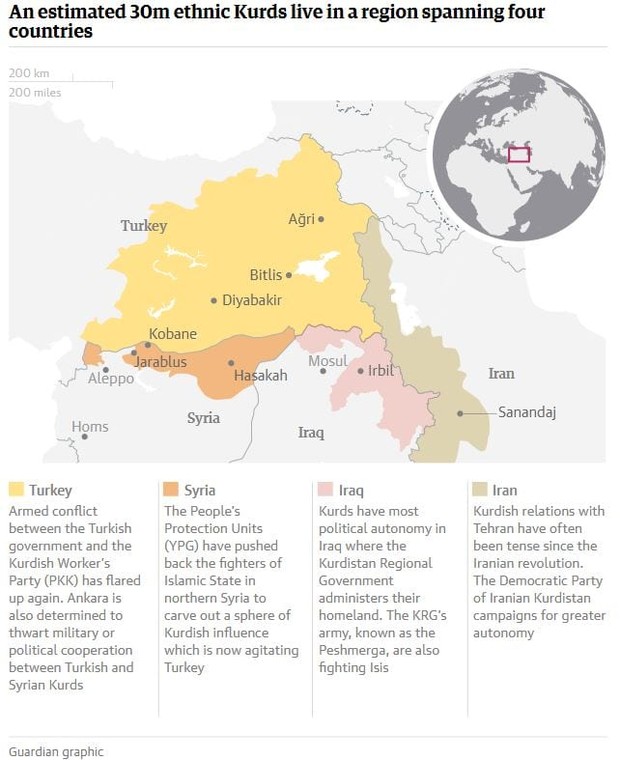
Yesterday, President Trump announced that he was immediately withdrawing U.S. Forces from Syria. As expected, the usual suspects both Democrat, never-Trump and even sometime political allies of the President such as Senators Mitch McConnell and Lindsey Graham, immediately and stridently decried the decision. I did a little write-up yesterday explaining some of the history of our Syrian experience and the why’s and wherefore’s of The President’s decision.
Today we will delve into what many folks consider a huge issue: As the United States executes this decision, how do we protect the Kurds from our NATO ally, Turkey? Turkey, as we know, within hours of U.S. troops moving, attacked Kurdish positions in Western Iraq. This is a non-starter.
First of all, let’s talk about Turkey. Turkey is a NATO “ally.” The reason for the quotes, as you might imagine, is that we’ve been having some issues with Turkey for the past few years. These have become more of a problem since President Erdogan’s election and subsequent consolidation of power over his political rivals. Erdogan, like his predecessors, has been dealing with an active insurgency in his country fostered by the PKK, a Kurdish separatist movement. The PKK has been declared by not only Turkey, but also the United States, as a Terrorist group. This will become more clear shortly.
“The Kurds,” on the other hand, aren’t. They are not one homogenous entity in their relations with each other, or with Turkey. They are actually three separate groups, each with differing loyalties. The below graphic explains this and also shows how much of the angst over President Trump’s alleged “abandonment of an ally” might be misplaced.

At the top of the graphic, we have the Turkish government, with arrows showing its relationship to each of the main Kurdish groups. It is important to note, as I have above, that Turkey has been fighting an active separatist movement for several decades. Of course, this colors its view of the Kurds. At the bottom of all four entities involved, including the Turkish government, we can see that all four have engaged the Islamic State (ISIS/ISIL).
On the far left is the PKK, a Kurdish separatist group in Turkey who have for several decades been considered a terrorist organization by both Turkey and the United States. Note that the arrow from Turkey to this group is titled “Fighting.” The Turks are trying to keep their native Kurds from establishing a separate state inside Turkey.
On the far right, are the Iraqi Kurds. These folks have their own semi-autonomous region inside Iraq and have been reliable U.S. allies. The arrow from the “Turkish Government” block indicates “good relations” between both governments. Absent some signal change, there is likely to be absolutely no bloodshed between the Iraqi Kurds and the Turks in the foreseeable future, despite what the never-Trump crowd is saying.
Now for the difficult part, the Syrian Kurds. As the graphic shows, while the Syrian Kurds were fighting ISIS/ISIL (incidentally also trying to overthrow Syrian President Bashar Al Assad) they are considered a hostile force by the Turkish government because of their alignment with the PKK. This is likely one of the reasons that the first thing the Turkish forces attacked after the withdrawal of U.S. forces, was a base supporting the Syrian Kurds.
As a January 2019 Washington Times article explains
The Kurds are a Middle Eastern minority spread out from Syria in the West, through Turkey and Iraq, to Iran in the east, and further divided into various political groupings.
But this is not what the foreign policy establishment is referring to in the Syria debate. Rather, they are talking about a specific Kurdish political institution in northern Syria, the Democratic Union Party (PYD), and its military wing, the People’s Protection Units (YPG). This is the Syrian franchise of the Kurdistan Workers’ Party (PKK), which has been at war with Turkey for 35 years, and is a U.S.-designated terrorist group inspired by Marxist doctrine.
There are obviously some competing issues here that we need to resolve, but as the Washington Times excerpt above indicates, they might not be quite as cut and dried as the President’s critics seem to believe. First of all, Turkey is a NATO ally. Although lately they have been “somewhat unfriendly,” we need to treat them as as an ally to avoid exacerbating the situation to a point that it’s irrecoverable. That ally has a righteous concern regarding the PKK, its allies, and Turkish internal security.
Second, we have to resolve the Syrian Kurds’ support for us with Turkey’s desire to eliminate them as a threat. The most critical thing we need to understand, is what I mentioned in the first article in this series: We were illegally involved in Syria in the first place. Moreover, while the U.S. had its agendas, the elimination of ISIS/ISIL and the advancement of the Obama/Powers Responsibility To Protect doctrine, the Syrian Kurds also had theirs, the overthrow of President Assad.
When we combine these three agendas, what we have, is an alliance of convenience. The Syrian Kurds assisted us in eliminating ISIS/ISIL, but we also assisted them in defending themselves against Assad’s government forces. Should we simply abandon them to whatever their fate may be at the hands of Assad or Erdogan? Of course not. But we do need to recognize that, absent the aberrant policies of the Obama administration, we would have never invaded Syria and certainly never been involved with this particular group in the first place.
So, what do we owe the Syrian Kurds? Not as much as we owe the Turks, as unpalatable as it many seem at this particular instant. However, we do owe them something, as they were of some assistance in helping us. The solution could be as simple as brokering a peace deal and a change of alignment of the Syrian Kurds. If we can convince them to forswear their alignment with the PKK and accept a U.S.-Turkey negotiated autonomous region on the Syrian side of the Syria-Turkey border, we could preclude further bloodshed while at the same time adding to President Assad’s (and his Russian sponsor’s) concern about a hostile force on his frontier. Moreover, this just might send such a message to President Erdogan as to begin a modest rapprochement with this most important NATO ally.
Tomorrow: Syria Withdrawal Part III: The Way Ahead
Mike Ford, a retired Infantry Officer, writes on Military, Foreign Affairs and occasionally dabbles in Political and Economic matters.
Follow him on Twitter: @MikeFor10394583
You can find his other Red State work here.
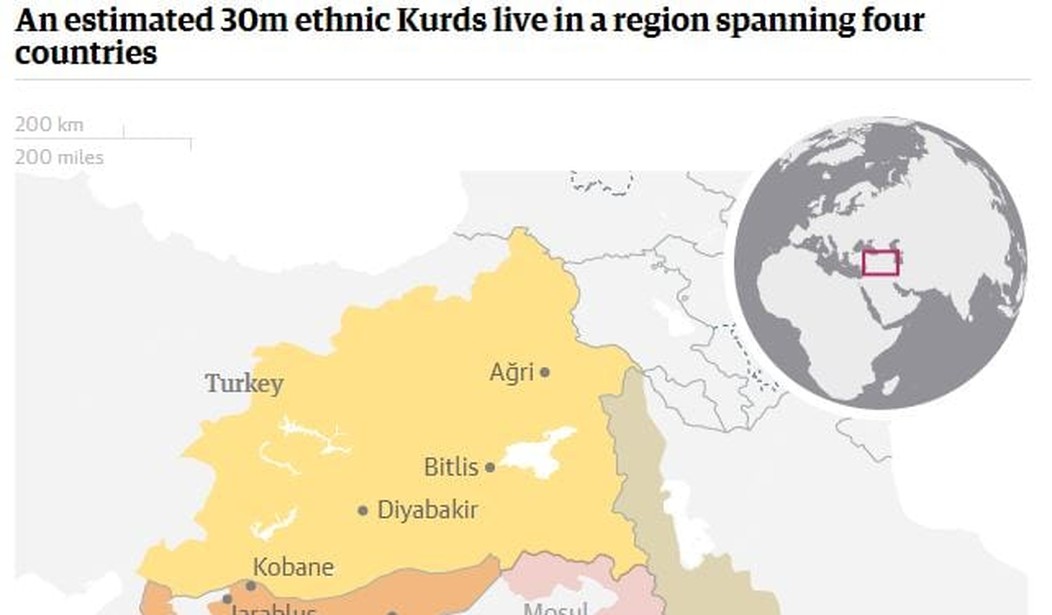

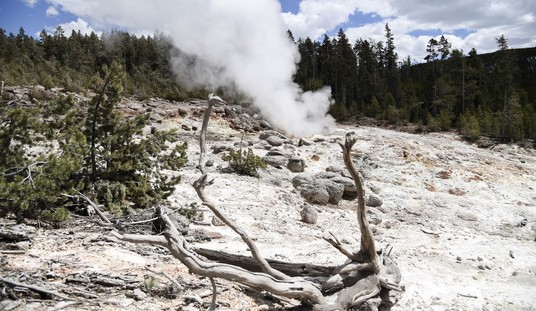

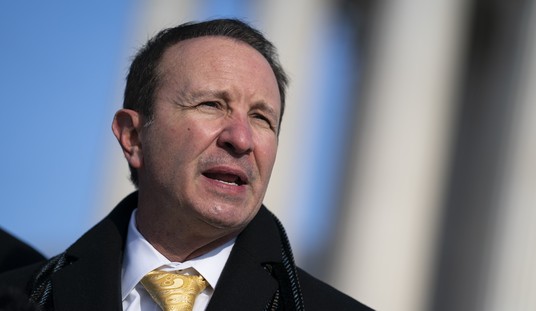

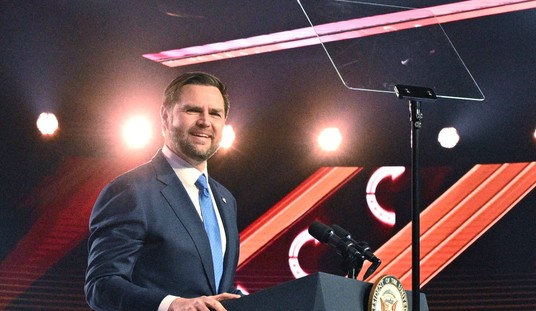





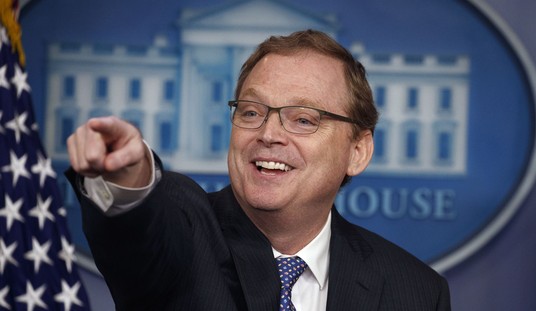
Join the conversation as a VIP Member